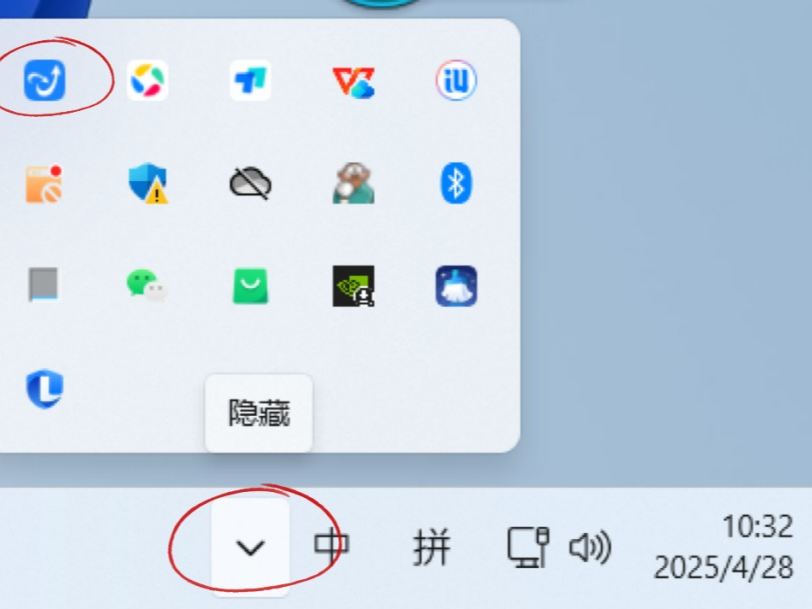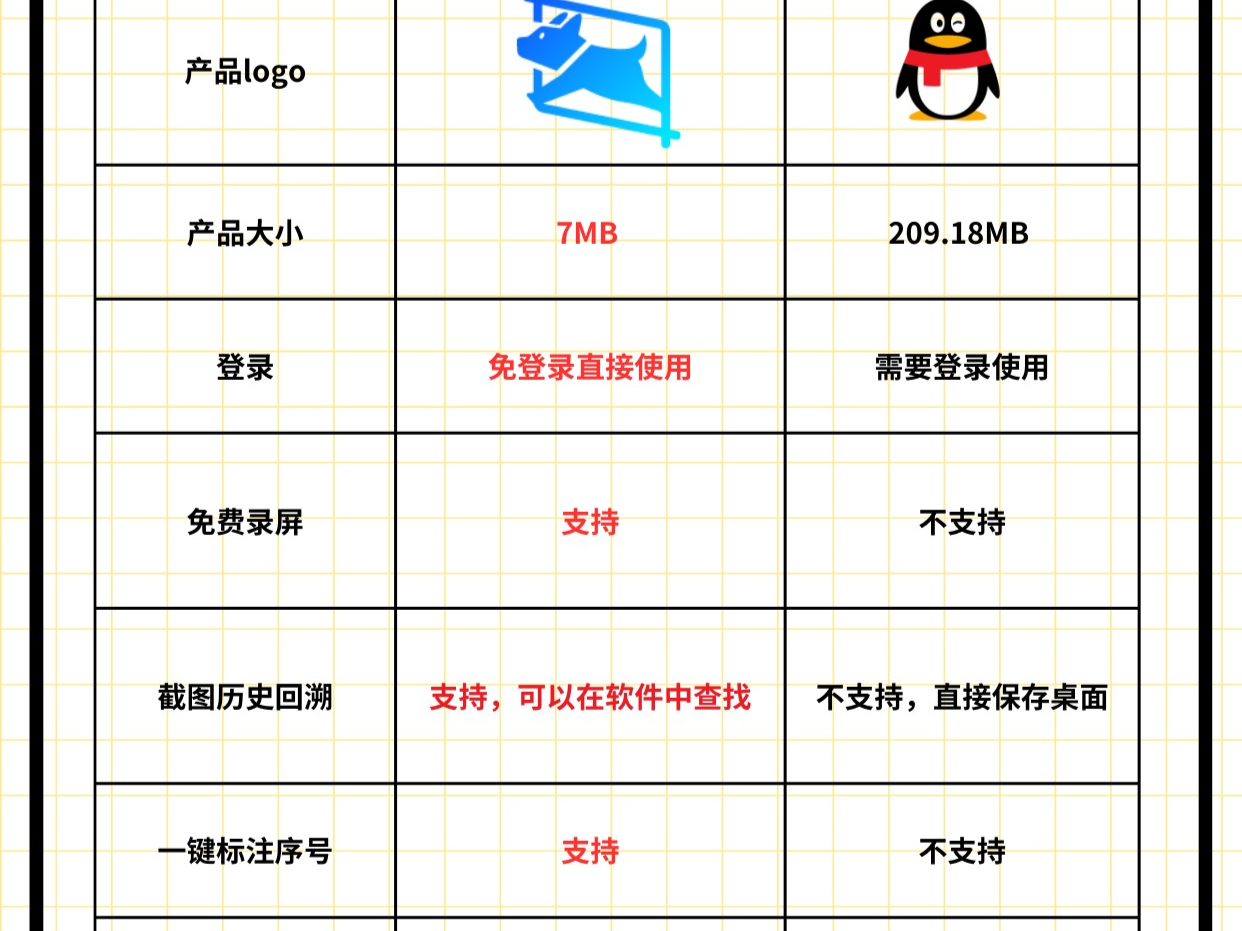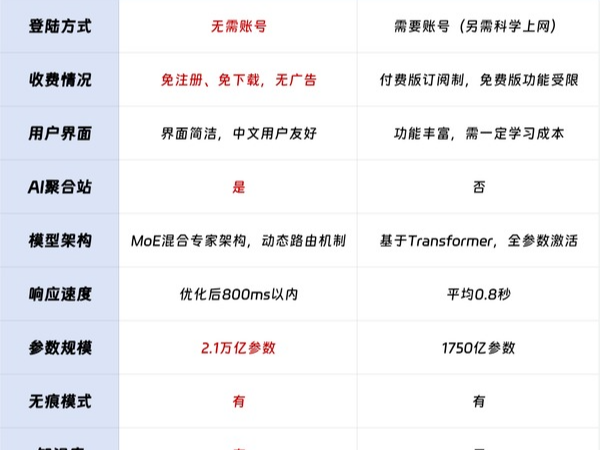|
public int Maximum { get { return max; } set { // Make sure that the maximum value is never set lower than the minimum value. if (value < min) { min = value; } max = value; // Make sure that value is still in range. if (val > max) { val = max; } // Invalidate the control to get a repaint. this.Invalidate(); } } public int Value { get { return val; } set { int oldValue = val; // Make sure that the value does not stray outside the valid range. if (value < min) { val = min; } else if (value > max) { val = max; } else { val = value; } // Invalidate only the changed area. float percent; Rectangle newValueRect = this.ClientRectangle; Rectangle oldValueRect = this.ClientRectangle; // Use a new value to calculate the rectangle for progress. percent = (float)(val - min) / (float)(max - min); newValueRect.Width = (int)((float)newValueRect.Width * percent); // Use an old value to calculate the rectangle for progress. percent = (float)(oldValue - min) / (float)(max - min); oldValueRect.Width = (int)((float)oldValueRect.Width * percent); Rectangle updateRect = new Rectangle(); // Find only the part of the screen that must be updated. if (newValueRect.Width > oldValueRect.Width) { updateRect.X = oldValueRect.Size.Width; updateRect.Width = newValueRect.Width - oldValueRect.Width; } else { updateRect.X = newValueRect.Size.Width; updateRect.Width = oldValueRect.Width - newValueRect.Width; } updateRect.Height = this.Height; // Invalidate the intersection region only. this.Invalidate(updateRect); } } public Color ProgressBarColor { get { return BarColor; } set { BarColor = value; // Invalidate the control to get a repaint. this.Invalidate(); } } private void Draw3DBorder(Graphics g) { int PenWidth = (int)Pens.White.Width; g.DrawLine(Pens.DarkGray, new Point(this.ClientRectangle.Left, this.ClientRectangle.Top), new Point(this.ClientRectangle.Width - PenWidth, this.ClientRectangle.Top)); g.DrawLine(Pens.DarkGray, new Point(this.ClientRectangle.Left, this.ClientRectangle.Top), new Point(this.ClientRectangle.Left, this.ClientRectangle.Height - PenWidth)); g.DrawLine(Pens.White, new Point(this.ClientRectangle.Left, this.ClientRectangle.Height - PenWidth), new Point(this.ClientRectangle.Width - PenWidth, this.ClientRectangle.Height - PenWidth)); g.DrawLine(Pens.White, new Point(this.ClientRectangle.Width - PenWidth, this.ClientRectangle.Top), new Point(this.ClientRectangle.Width - PenWidth, this.ClientRectangle.Height - PenWidth)); } 3、在 Build 菜单中,点击 Build Solution 来编译整个项目。 |
闂傚倸鍊搁崐鎼佸磹閹间礁纾圭€瑰嫭鍣磋ぐ鎺戠倞妞ゆ巻鍋撴潻婵嬫⒑闁偛鑻晶鎾煛鐏炲墽銆掗柍褜鍓ㄧ紞鍡涘磻閸涱厾鏆︾€光偓閸曨剛鍘搁悗鍏夊亾闁逞屽墴瀹曚即寮介婧惧亾娴g硶妲堟俊顖氬槻閻楁岸姊洪崨濠傚闁稿鎸歌濠㈣泛顑勭换鍡涙煟閹板吀绨婚柍褜鍓氶崹鍨暦閺囩喓绡€婵﹩鍓涢鍡涙⒑鐠恒劌娅愰柟鍑ゆ嫹 (0) +1 闂傚倸鍊搁崐鎼佸磹瀹勬噴褰掑炊瑜忛弳锕傛煕椤垵浜濋柛娆忕箳閳ь剙绠嶉崕閬嶅箯鐎n喖瑙﹂悗锝庡枟閻撴洟鏌嶉埡浣告灓婵炲牄鍨归湁缁绢參鏀辩€氾拷 (0) +1 闂傚倸鍊搁崐鎼佸磹閹间礁纾归柟闂寸绾惧綊鏌熼梻鎾闁稿鍨块幃妤€鈽夊▎瀣窗濡炪倐鏅滈悡锟犲蓟閿濆绠i柨婵嗘-濡嫮绱撴担鍝勵€岄柛銊ョ埣瀵濡搁埡鍌氫簽闂佺ǹ鏈粙鎴︻敂閿燂拷 (0) +1
闂傚倸鍊搁崐鎼佸磹閹间礁纾圭€瑰嫭鍣磋ぐ鎺戠倞妞ゆ巻鍋撴潻婵嬫⒑闁偛鑻晶鎾煛鐏炲墽銆掗柍褜鍓ㄧ紞鍡涘磻閸涱厾鏆︾€光偓閸曨剛鍘搁悗鍏夊亾闁逞屽墴瀹曚即寮介婧惧亾娴g硶妲堟俊顖氬槻閻楁岸姊洪崨濠傚闁稿鎸歌濠㈣泛顑勭换鍡涙煟閹板吀绨婚柍褜鍓氶崹鍨暦閺囥垹钃熼柕澶堝劚閻庮參姊虹粔鍡楀濞堟棃鏌﹂崘顏勬灈闁哄矉缍佸顕€宕堕妷銏犱壕闁逞屽墴閺屾稓鈧綆鍋呯亸顓㈡煃閽樺妲搁柍璇茬Ч椤㈡ǹ顦辩紒銊ャ偢閺岀喐绗熼崹顔碱潎閻庤娲橀崕濂杆囬鈧弻锟犲焵椤掑嫭鍤嶉柕澶涚导缁ㄥ姊洪崫鍕窛闁稿鍋よ棢闁绘劗鍎ら崐鍨叏濡厧浜鹃悗姘炬嫹闂傚倸鍊搁崐鎼佸磹閹间礁纾瑰瀣捣閻棗銆掑锝呬壕濡ょ姷鍋為悧鐘汇€侀弴銏犖ч柛鈩冦仦缁剝淇婇悙顏勨偓鏍礉瑜忕划濠氬箣閻樺樊妫滈梺绉嗗嫷娈曢柣鎾存礋閺岀喖鏌囬敃鈧悘閬嶆煕閵堝拋鍎旈柡灞诲€濆鍫曞箰鎼粹€叉樊闂備礁鎼張顒傜矙閹达箑鐓″璺号堥弸搴ㄦ煙闁箑鏋ら柍璇茬箳缁辨捇宕掑顑藉亾妞嬪孩濯奸柡灞诲劚閻ら箖鏌eΟ娆惧殭闁藉啰鍠栭弻锝夊籍閸屾瀚涢梺杞扮缁夌數鎹㈠┑鍥╃瘈闁稿本纰嶉悘鎾绘⒑閸濆嫭锛嶉柛妯恒偢閳ユ棃宕橀鍢壯囨煕閹扳晛濡煎┑顔惧厴濮婃椽鎮烽弶鎸庮唨闂佺懓鍤栭幏锟�>>
正在阅读:在 Visual C# .NET 中建立平滑的进度条在 Visual C# .NET 中建立平滑的进度条
2005-06-17 10:20
出处:
责任编辑:moningfeng
键盘也能翻页,试试“← →”键














